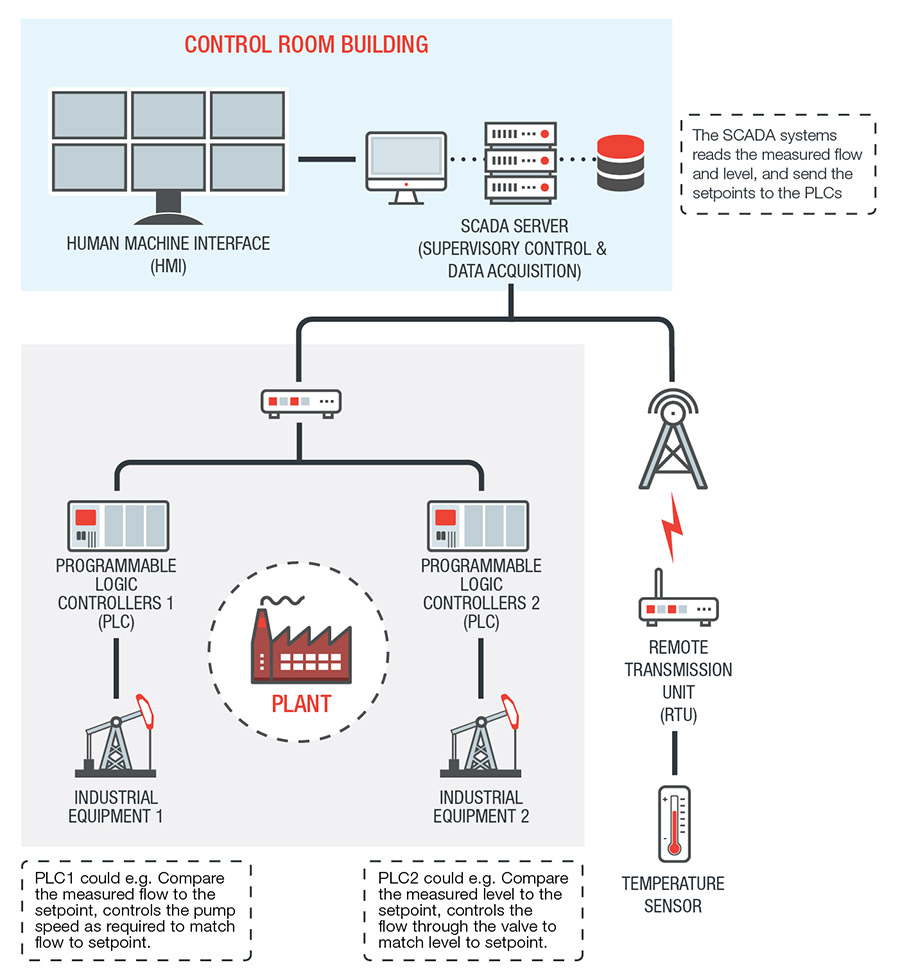
FULL FORM OF ICS
Introduction- Industrial control system (ICS) is a collective term used to describe different types of control systems and associated instrumentation, which include the devices, systems, networks, and controls used to operate and/or automate industrial processes.
Advantages of Industrial Control System (ICS) - Nowadays, industrial control system is already widely used by all sorts of industries – from food and beverages, car industries, health, agriculture, mining and power. It plays a vital contribution to these industries to run efficiently and consistently. There are lots of advantages of ICS:
- Energy savings – Energy usage is reduced and becomes efficient, as plant machineries are now equipped with instruments and electrical devices to become the eyes, ears and hands of the control systems. With the help of these components, machinery operation becomes précised with less energy usage.
- Improves safety – There are plant processes that use machineries that are considered to be a high safety risk to human health and life. Thus, it is safer to use robots to work in this process lines to keep humans away from any harm. Consistent product quality – With plant machineries now equipped with a sophisticated system, human errors are eliminated and, thus, improve the quality of the products. In addition, the system would not change the machine performance even when working 24/7.
- Lower manufacturing cost – The system is able to anticipate problems before a machinery totally fails. The system is able to give equipment data about the performance of the equipment. Deterioration of specific equipment components is detected as well, alarming the system to properly stop the equipment in a safe manner.
- Improved environment performance – The system can be connected with gas emission instruments that is able to give “early warning” and, thus, control the increasing rise of the gas emission.
- Flexibility – Control systems are flexible in such a way that it can be easily reprogrammed with a new task needed in production. Thus, less training to the operations since the “new task” is embedded automatically with less operator intervention.


